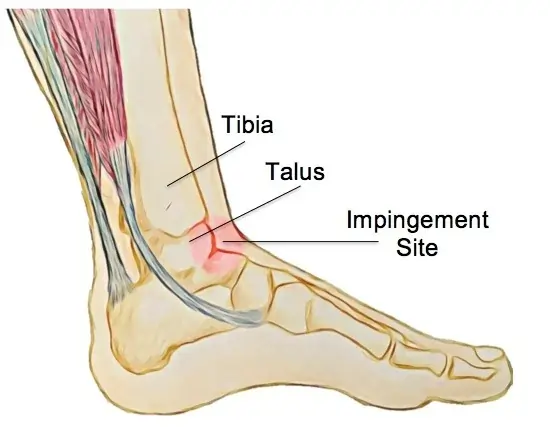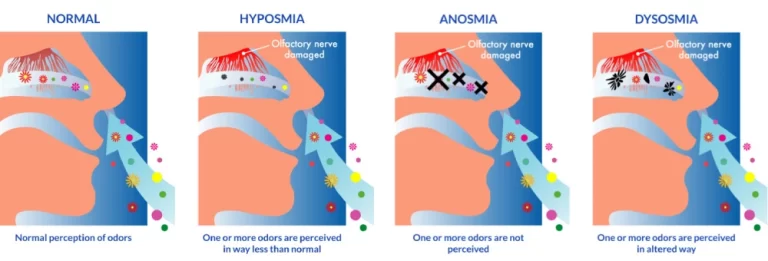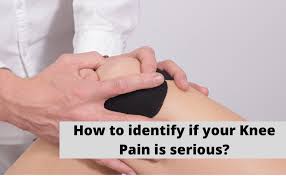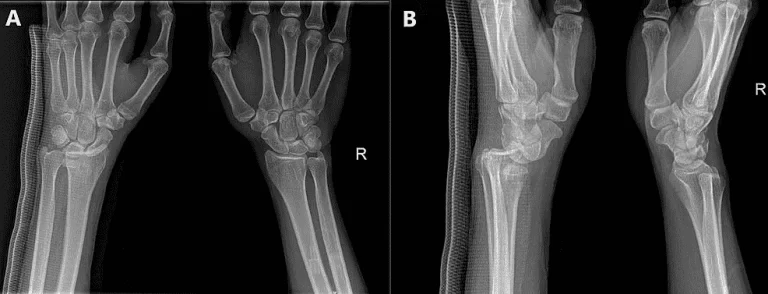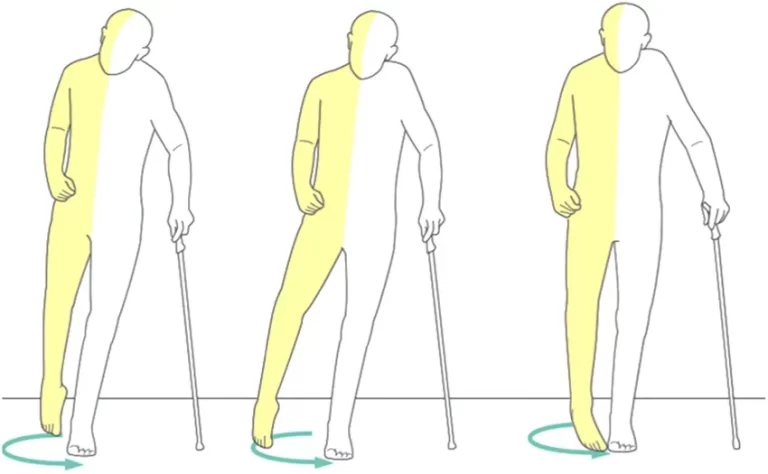Anterior Ankle Impingement Syndrome
What Is Anterior Ankle Impingement?
Anterior Ankle Impingement Syndrome is a condition characterized by pain and restricted movement at the front (anterior) of the ankle joint, often caused by repetitive trauma, overuse, or previous ankle injuries such as sprains. It typically occurs when soft tissues or bony growths (osteophytes) get pinched during dorsiflexion (upward foot movement), leading to inflammation, stiffness, and discomfort, especially during activities like walking uphill, squatting, or sports that involve frequent ankle motion.
It is situated in the talocrural joint on the front side of the ankle. The body will produce extra bone tissue known as “osteophytes” in response to the ankle’s recurrent microtrauma. Three categories of osteophytes are present:
- Traction spur.
- Inflammatory spur.
- Osteophyte or chondro-osteophyte.
The chondro-osteophyte that is present here is one of these. It is the body’s defense mechanism that stops additional damage, but it limits movement and can cause pain from impingement. Possible enlargement of the capsule and connective tissue is possible. There is a painful restriction of ankle movement and physical impingement, regardless of which of the osseous and soft-tissue anomalies contributes more or less.
This kind of ankle impingement is called “footballer’s ankle” since it most frequently affects soccer players. These athletes use their legs, ankles, and feet in repetitive actions. Small damages from repeatedly doing these identical ankle actions lead to more severe injuries over time.
This disorder, which causes swelling and inflammation, can be caused by excessive foot use or injury. Inflammation and swelling can also affect the anterior tibial tendon, which runs along the front of the shin bone. Ankle pain may result from this, and prolonged standing or walking may become difficult.
What Causes Anterior Ankle Impingement?
- Running
- Squats and Jumping
- Basketball, Gymnastics, Dancing, Football
- Any additional exercise that frequently results in sprained ankles
- A serious or repeated ankle sprain increases your risk of developing anterior ankle impingement. This is because your ligaments stretch and weaken with each repetition. You lose coordination when utilizing your ankle since the stretched ligaments are unable to communicate with your brain on how to move it. Anterior ankle impingement is also more likely to occur in those with arthritis.
- The chronic condition known as anterior impingement syndrome (AIS) is more likely to occur in people who already have an ankle injury and inflammation from repeated sprains of the same ankle.
What Are the Signs & Symptoms?
- pain raising the front of the foot
- ache during deep squatting, running, or walking up slopes, or ascending stairs
- Ankle pain in the front-outside (anterior) region
- Constant discomfort even after your ankle has recovered
- Your ankles may feel weak or unsteady.
- Pain as you raise your foot
- discomfort when climbing stairs. squatting low, running uphill, or walking
- Reduced flexibility when extending your toes upward
- Pain as your toes are stretched closer to your shins
- Touching your ankle makes you feel tender.
Risk factors of anterior ankle impingement
Anterior ankle impingement is a typical cause of pain for athletes who undertake repetitive dorsiflexion movements, such as ballet dancers and football players.
The following are possible additional risk factors:
- previous sprains or fractures to the ankle
- not warming up before sports, wearing inappropriate footwear, and having tight calf muscles, high arches, and flat feet
- Having traumatic arthritis or early-stage osteoarthritis, as well as avascular necrosis of the ankle’s talus bone, which happens when the talus stops receiving blood, resulting in bone cell death
What is the process for diagnosing anterior ankle impingement?
Your healthcare professional is likely to perform a clinical evaluation to detect anterior ankle impingement. During this evaluation, they will analyze your medical history to establish whether the impingement is due to arthritis, recurring ankle sprains, or something else entirely. To assess your ankle’s overall functionality, balance, and range of motion, your doctor will probably also perform a physical examination.
To be more precise, your physician will search for any of the following:
- Walking with difficulty
- An unusual form of the ankle
- Joint swelling
- Your ankle may be sore or painful.
- Your ankle’s range of motion
Your physician may prescribe a series of imaging tests based on the results of the clinical examination. They might consist of:
- X-ray
- CT scans
- Ultrasounds, or MRIs
Treatment For Anterior Ankle Impingement Syndrome
Medical Management:
Limitation:
First, the patient must avoid any activities that make their discomfort worse. This will help the body begin the healing process without causing further harm to its tissue and will also keep the problem from getting worse and becoming chronic. Activity may subsequently begin to progressively increase before leveling out.
Other exercises, such as swimming, cycling, water sports, etc., that put less strain on the ankle can be used.
Using a little elevated heel is an additional option that allows the foot to move up less than usual. Crutches are an additional way to prevent ankle injuries.
Reducing Pain:
One efficient method of treating the discomfort caused by AIS is cryotherapy. The research that is currently available suggests that cryotherapy is useful in reducing pain. The effectiveness of cryotherapy has been questioned about other rehabilitation methods. It is further concerning that the available evidence has poor methodological quality.
To develop evidence-based recommendations for the use of cryotherapy, a great deal more high-quality research is needed. These must concentrate on creating ice application techniques, times, and frequencies that will maximize recovery from injuries.
Anti-inflammatory drugs ease pain and help in the recovery process.
Injection of corticosteroids: If there is some underlying ankle arthritis, an injection of corticosteroids into the ankle joint may be beneficial.
Surgery:
Surgery may be beneficial in certain cases of AIS. When a patient’s problems are mostly caused by impingement, rather than ankle arthritis, symptoms can be relieved by removing the noticeable impinging bony spurs. The two surgical options for treating ankle impingement are either making an incision to open the ankle joint or doing arthroscopic surgery to remove the visible bone spurs.
If the bone spurs are big, opening up the ankle joint and removing them is usually quicker and easier than trying to perform this arthroscopic procedure. When severe ankle arthritis causes discomfort that is not localized in the front of the ankle but rather spreads throughout the ankle, surgery to remove impinging bone spurs from the front of the ankle usually won’t relieve the symptoms.
If the patient has severe arthritis in the ankle joint and surgery to remove the bony spurs allows for greater mobility, the patient’s suffering may worsen. The actual bony spurs will usually regrow over time. It’s normal for symptoms to recur. Anterior impingement was successfully treated by arthroscopic excision of both soft-tissue overgrowths and osteophytes during long-term follow-up, as long as the joint space was not narrowed before surgery.
Additional Management Options:
Pain can be lessened with soft tissue massage.
Applying heat promotes healing and increases blood circulation.
Ankle bracing or taping aids in maintaining the ankle’s natural structure and regulating movement.
Physiotherapy Management
Recovery Phase 1: Inflammation 0–3 days
- Immobility and rest, but regular mobility within pain limits.
- Your exercises should be based on your level of pain.
- Eating habits (proteins, vitamins C, antioxidants, etc.).
- Improve blood circulation by moving your feet and toes and performing basic exercises.
- Use as few painkillers as possible.
Phase 2 of healing: restricted functions, 4–10 days
- Mobilization to improve the scar tissue composition.
- Training for muscle endurance in the free range of motion.
- Proprioception training.
- Build up your strength in the “foot raiser muscles,” like the triceps surae or plantar flexor exercises. The soleus and gastrocnemius muscles are used with fewer repetitions and more weight.
- It should achieve normal ROM.
Phase 3 of recovery: early revalidation for 11–21 days
- mobilizations with a gradually increasing range of motion
- Training in proprioception
- Strength training for muscles
- Determine the amount of daily activity by doing research and using the results to adjust therapy.
Phase 4 of recovery: 3 to 6 weeks of late revalidation
- Boost your ability to run fast, climb stairs, and carry loads.
- coordinating ADL training.
- The objective is to finish exercises with the same load as before the occurrence.
- Schedule build-up in stages: static, dynamic, selective, and functional.
Phase 5 of recovery: 6–8 weeks before sports
Phase 6 of recovery: beginning in week 8, late sports
- Boost athletic performance.
- Practice and enhance sports-related tasks and activities.
- Enough time for rest and restoration.
Prevention:
Players and sportsmen should be better informed about injury prevention techniques. The following strategies were identified:
Utilizing shin protection when exercising, consuming carbohydrates before, during, and following exercises, cooling down following exercises and games, and practicing flexibility.
- Before a practice or game, fully warm up and stretch.
- To avoid ankle injuries, use braces or protective tape.
- Maintain the proper level of training, muscle strength, endurance, ankle and leg flexibility, and cardiovascular health.
- Before you play again, give yourself enough time to fully recover.
FAQs
What exercises are good for ankle impingement? ankle impingement?
Stretch for Gastrocnemius: One Leg. Put your hands on the wall while facing the wall.
Heel lifts—Seating. Your feet should be flat on the floor while you sit up straight on a chair.
Seated: Active Inversion…
Sitting is an active eversion….
The two legs raise the calf.
How can ankle pain be relieved the quickest?
Pause and lift your ankle if you can.
For up to 20 minutes every two to three hours, apply a towel-wrapped ice pack (or bag of frozen peas) to your ankle.
Wear shoes that are wide, comfy, and have a soft sole and low heel.
Put insoles or heel pads that are softer.
What is the best exercise for ankle pain?
Exercises like calf raises, towel stretches, and ankle circles are frequently suggested for those with general ankle pain in order to increase range of motion and strengthen the ankle muscles. Exercises that target the affected region, such as foot eversion or toe extension exercises, may be more helpful for more specific diseases, such as sprains or tendinitis.
How long does ankle pain take to heal?
With only a little rest, most ankle sprains recover. The recovery process takes four to six weeks.
What is the first aid for ankle impingement?
Rest, ice, compression, and elevation (RICE) is likely to have been one of your doctor’s initial recommendations if you’ve ever suffered an ankle injury or any other kind of sprain or strain. The RICE method is a straightforward self-care strategy designed to lessen discomfort, promote healing, and reduce swelling.
References:
- Sports Medicine: anterior ankle impingement. (n.d.). Nationwide Children’s Hospital. https://www.nationwidechildrens.org/conditions/sports-medicine-anterior-ankle-impingement
- Zomorodi, C. (2024, October 12). What is anterior ankle impingement? WebMD. https://www.webmd.com/pain-management/what-is-anterior-ankle-impingement
- Ames, H. (2025, May 12). What to know about anterior ankle impingement. https://www.medicalnewstoday.com/articles/anterior-ankle-impingement#diagnosis

